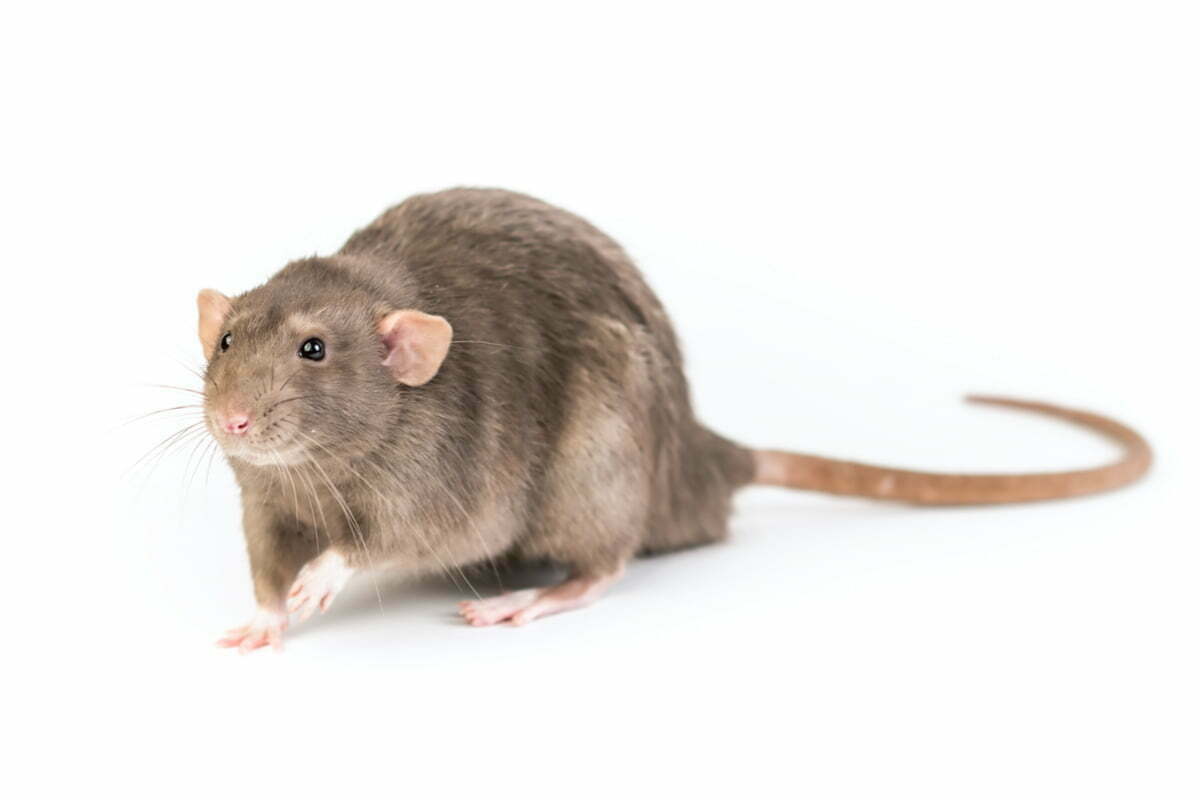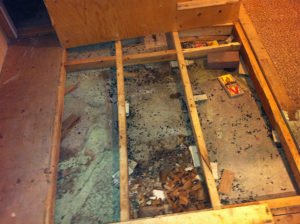Sewer Rat
Appearance
The stocky and robust sewer rat, also called the Norway rat, measures about 46 cm, tail included. Its body is covered with gray-brown hair but its tail, smaller than the rest of the body is hairless. The sewer rat’s head has 2 small ears with small black eyes and a nose more or less square.
Think you might have found this animal in your home?
Talk with an Expert
Life Cycle
After an incubation period of 22 days and a period of 2 to 3 months after birth, the rat becomes an adult. The female can have from 8 to 12 young and can have up to 7 litters during her lifetime, which is about one year.
Habitat and Food
Rats can get into houses, granaries, restaurants or other places where they are likely to find food. It mainly eats fruits, vegetables and meat.
Undesirable Effects
Rats are capable of causing a lot of damage to wood, electrical and even concrete by gnawing. They can also cause considerable damage by soiling stored food. Rats can transmit many diseases to humans by contaminating food or from bites.

Signs of Presence
There are several ways to detect the presence of rats. Gnawed wood, electrical or other materials as well as any damage to foodstuffs are but a few. A rat infestation can also be assumed by the noise they make, the greasy stains along the bottom of walls and the presence of about 2cm excrement. It is also possible to detect rat urine with an ultraviolet light.